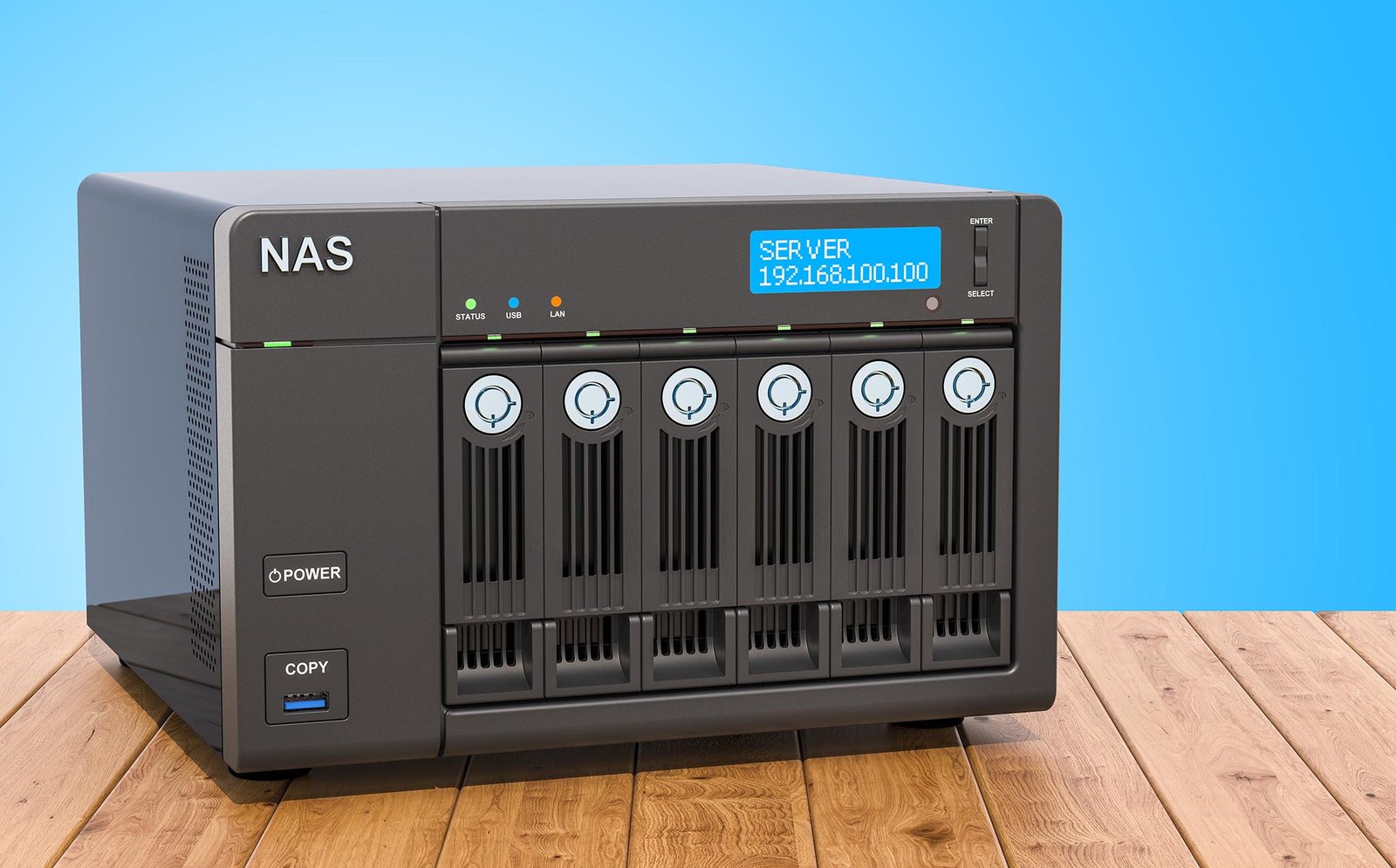Understanding the Psychology of Colors
In the world of small business, branding isn’t just about having a memorable logo or a catchy tagline—it’s about creating a cohesive identity that resonates with your audience. One of the most powerful tools in your branding arsenal is color. The colors you choose for your brand can evoke emotions, convey messages, and even influence purchasing decisions. Here’s how to harness the power of color to create a brand that stands out and connects with your customers.
Colors are more than just visual stimuli—they carry psychological connotations that can affect how people perceive your brand. Here’s a breakdown of what some common colors typically represent:
Blues
Blue is a powerful color in branding due to its association with trust, dependability, and professionalism.
Psychologically, blue has a calming effect, reducing stress and promoting a sense of security, which is why it’s favored by banks, tech companies, and other industries where reliability is crucial. Universally liked across cultures, blue enhances cognitive performance and stands out visually, making it a versatile choice for logos and branding. By leveraging blue, brands can effectively build trust, appeal to broad audiences, and reinforce their professional image.
Blue is associated with:
- Trust
- Dependability
- Professionalism.
Example Color Palette
Examples
Azure
#0081FF
Eerier Black
#1d1d1d
Anti-Flash White
#ebebeb

Red
Red is a powerful color in branding due to its ability to evoke strong emotions and create a sense of urgency. Psychologically, red stimulates the body, increasing energy and excitement, making it ideal for industries like food, entertainment, and retail that rely on quick decisions and engagement. Its bold presence grabs attention, enhances visibility, and conveys passion and confidence. However, red should be used strategically to avoid overwhelming the audience, making it a dynamic choice for brands looking to make a memorable impact.
Red is associated with:
- Passion
- Energy
- Urgency
Example Color Palette
Examples
Rojo
#e21e26
Raisin Black
#211e1e
Baby Powder
#f5f7f3

Green
Green is a versatile color in branding, often associated with growth, health, and tranquility. Psychologically, green is linked to nature and balance, evoking feelings of calmness and renewal, making it a popular choice for brands in the health, wellness, and environmental sectors. Green’s connection to sustainability and the natural world can also help brands convey eco-friendliness and social responsibility. Its calming effect on the mind encourages trust and relaxation, making it effective for creating a soothing and positive brand image that appeals to consumers seeking harmony and wellness.
Green is associated with:
- Growth
- Health
- Tranquility
Example Color Palette
Examples
Forest Green
#299245
Yellow Green
#98c93c
Eerie Black
#232323

Orange
Orange is a vibrant and energetic color in branding, symbolizing enthusiasm, creativity, and friendliness. Psychologically, orange evokes warmth and excitement, making it an ideal choice for brands that want to appear fun, approachable, and dynamic. Its association with adventure and optimism encourages engagement and can help create a sense of urgency without the intensity of red. Orange is especially effective in industries like entertainment, sports, and retail, where capturing attention and fostering a lively brand image is key. Its bold presence ensures visibility while conveying a playful and inviting personality.
Orange is associated with:
- Enthusiasm
- Creativity
- Friendliness
Example Color Palette
Examples
Orange (Crayola)
#fe6f27
Jet
#2f2f2f
Baby Powder
#f5f7f3

Purple
Purple is a color often associated with luxury, creativity, and wisdom in branding. Psychologically, it combines the stability of blue with the energy of red, making it a symbol of imagination and sophistication. Purple is frequently used by brands that want to convey a sense of exclusivity, elegance, and high quality, often appealing to more premium or niche markets. Its connection to royalty and mystery also makes it ideal for brands that aim to stand out as unique or innovative. By incorporating purple, brands can evoke feelings of prestige and creativity while maintaining a sense of depth and intrigue.
Purple is associated with:
- Luxury
- Creativity
- Wisdom
Example Color Palette
Examples
Royal Purple
#844ca3
Rebecca Purple
#663b94
White
#ffffff

Black & White
Black and white together create a powerful contrast in branding, symbolizing sophistication, simplicity, and elegance. Black conveys authority, luxury, and formality, making it a staple for brands that want to exude power and exclusivity. White, on the other hand, represents purity, clarity, and minimalism, often used to create a clean and modern aesthetic. When combined, black and white offer a timeless and versatile palette that can be both bold and understated, making it ideal for brands that aim for a refined yet impactful presence. This classic pairing enhances readability, emphasizes design elements, and can communicate both professionalism and innovation.
Black is associated with:
- Sophistication
- Elegance
- Power
White is associated with:
- Simplicity
- Cleanliness
- Purity
Example Color Palette
Examples
Night
##0b0909
Onyx
##44444c
Timberwolf
#d6d6d6

Choosing the Right Colors for Your Brand / Logo
To choose the most appropriate colors for your brand, start by defining your brand values and personality, as these will guide your color choices. Consider what emotions and messages you want to convey—whether it’s trust, excitement, or sophistication. Next, research your target audience to understand their color preferences and how different hues might be perceived. For instance, younger audiences might favor bold and vibrant colors, while more mature audiences may lean towards muted, sophisticated tones. Additionally, analyze your industry to identify prevalent color trends and ensure your choices stand out from competitors while fitting within industry expectations.
Once you have a shortlist of potential colors, use color palette tools to experiment with different combinations, ensuring they harmonize well and effectively communicate your brand’s message. Apply your chosen colors to various branding materials, such as logos, websites, and marketing collateral, and seek feedback from potential customers and stakeholders. This testing phase is crucial; it helps gauge how your colors perform in real-world applications and how they resonate with your audience. Be open to refining and iterating your color palette based on this feedback to ensure it aligns with your brand’s identity and effectively engages your target market.
All example logos show in this post are the property of their respective brands. This blog, Acme Solutions, and/or Acme Ventures LLC claims no ownership, endorsement, and/or spondership with any brand represented. The logos used in this article are for educational use, and are protected under the Fair Use previsions of U.S. Copyright Act.
However, if your content is show in this article, you may request it be removed by submitting a DMCA Takedown notice.




